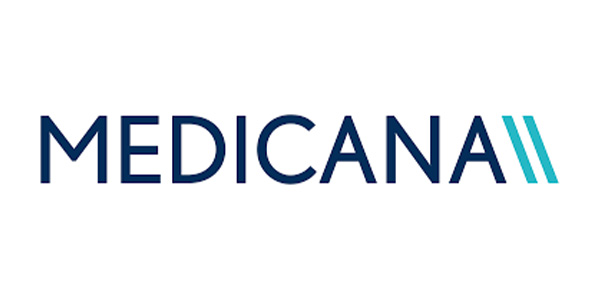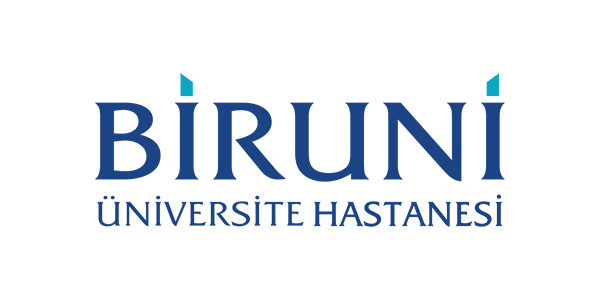Pediatric Cardiovascular Surgery
Pediatric cardiovascular surgery deals with the diagnosis and treatment processes of children between the ages 0-18 with newborns, infancy, and childhood. Diseases such as congenital heart diseases, rhythm and conduction disorders, rheumatic heart diseases are in the scope of cardiovascular surgery. These diseases are very important as they affect especially child development.
The treatment methods of Pediatric Cardiovascular Surgery
Minimally Invasive Interventions: These methods are generally performed endovascularly, without opening a space in the body, as in surgical interventions.
Open Surgical Interventions: With this method, surgeons operate the patient by opening directly a space in the body.
Robotic Surgeries: Technologies developed with modern medicine are used quite frequently in cardiac surgery. The process of closing the holes in the heart with a surgical mesh and cardiac dysrhythmia treatment can be performed with robotic surgery.
Which Diseases Does Pediatric Cardiovascular Surgery Deal with?
Cyanotic congenital cardiac diseases
- Truncus arteriosus
- Fallot tetralogy
- Large vessel transposition
- Tricuspid atresia
Acyanatic (non-cyanotic) congenital cardiac diseases
- Ventricular septal defect
- Aortic coarctation
- Eisanmenger syndrome
- Atrial septal defect
- Patent ductus arteriosus
Acquired cardiac diseases
- Infective cardiac diseases (carditis: endocarditis, myocarditis, pericarditis)
- Congestive heart failure
- Acute rheumatic fever (ARA)
- Rheumatic cardiacvalve diseases
- cardiac dysrhythmia (arrhythmias)
Dignaosis Method of Pediatric Cardiovascular Disorders
A correct diagnose is quite important for the proper treatment. During the diagnosis process,first the genetic factors is examined and then the physical examination is performed with the proper tests decided by the doctors. The tests that commonly are performed, are;
Echocardiography: This method is also known as ECHO. With this method can the hearth wall movements, the cardiac cavities dimensions, heart valves, intra-cardiac pressure, the amount of blood expelled during a single contraction be examined.
Electrophysiology: Electrophysiology methods is used for palpitations, fainting or rhythm disorders in case that they cannot be detected by other methods. Thin sheaths are placed on the vessels in the neck and inguinal region, and electrode catheters is delivered to the heart. It is evaluated whether the conduction functions are healthy and normal with the signals which is received directly from the heart.
Heart electrocardiography: Electrical activity of the heart can be seen with the help of electrodes attached to the body. Many diseases such as rhythm and conduction problems and thickening of the heart wall can be diagnosed with this method.
Cardiac catheterization and angiography: It controls whether the heart is pumping properly or not. Pressure measurement of different areas of the heart, anatomical problems and heart size can be monitored with this test.
Telecardiography: This method is used to display the appearance , size and enlargement of the heart in the cavities.
Holter ECG: The heart is followed for 24 hours with the electrodes attached to the chest. With this method, the heart condition is monitored in cases such as heart rhythm disorders, sudden shortness of breath, and fainting.
Color Doppler Echocardiography: The heart is monitored by using two or three colored dimensional visualization techniques with the help of ultrasonic sound waves. The condition of the heart muscles, the blood flow rate of the heart, structural heart anomalies and the pressure in the cavities of the heart can be measured. This method is also used for the heart condition of the baby in the womb. Images are obtained with a device called a transducer by placing them on the chest.
Effort Test: This test is carried out by sticking the electrodes to the skin in the chest area. Congenital heart diseases, the heart condition under stress, heart capacity measurement, symptoms that develop as a result of activity can be observed with this test.
Which Operations Are Performed in Pediatric Cardiovascular Department?
- Fontan Procedure
- Valve Repairs
- Atrial Septal Defect Repairs
- Arterial Switch Surgery (TGA)
- Norwood Surgery
- Ross Procedure
- Newborn Complete Correction Surgeries
As Bilva Health, we are at your service with our experienced Pediatric Cardiovascular Surgery team and the doctors we are working with . We carry out the diagnosis and treatment process to be applied to our patients with our specialists and surgeons.
Why Bilva Health?
We are aware that people who have health problems want to solve their problems in the easiest, fastest, and most accurate way. We are working hard to get you to the right treatment. From the moment you leave your home, we will be with you in every process. We are interested in all the necessary details on behalf of you, such as plane tickets, visas, welcoming, accommodation and transportation. All you have left is to be treated by trusting us and the physicians.
We are proud and happy that you have chosen for us, together with our team, who will get you to specialists in the easiest and most reliable way.




